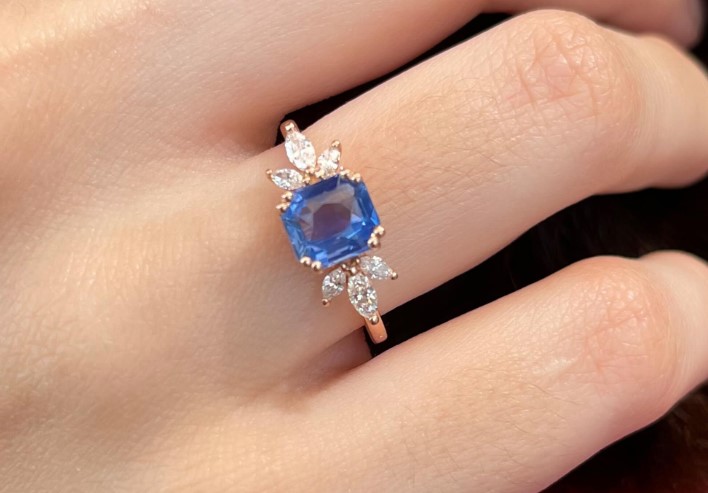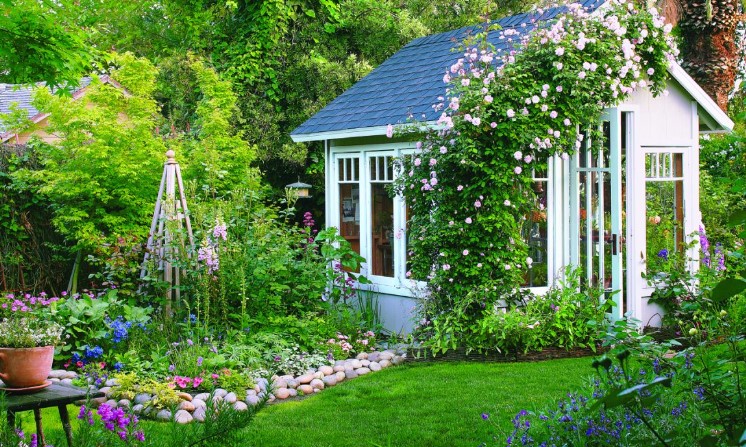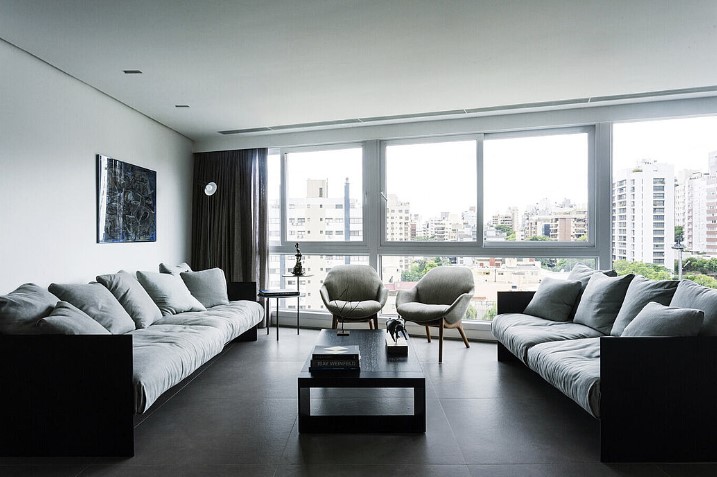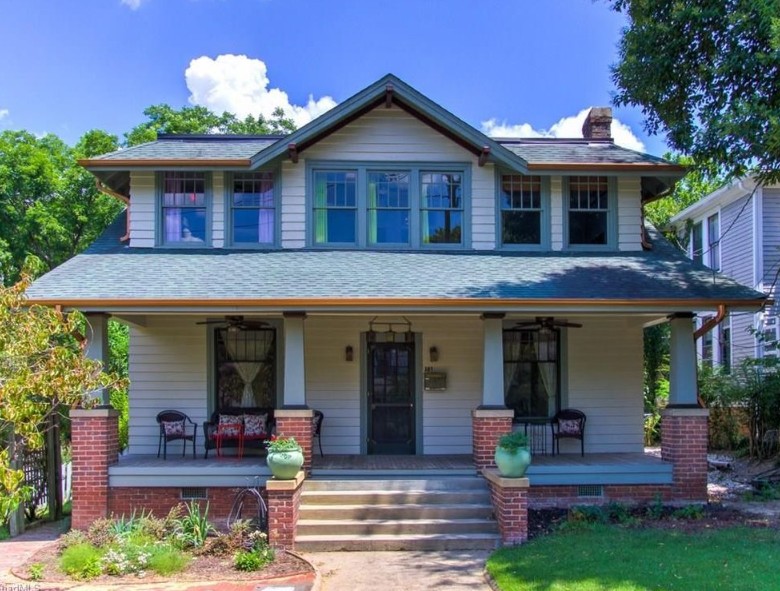Choosing Your Luxury Interior Designer in London – Answers to Key Questions
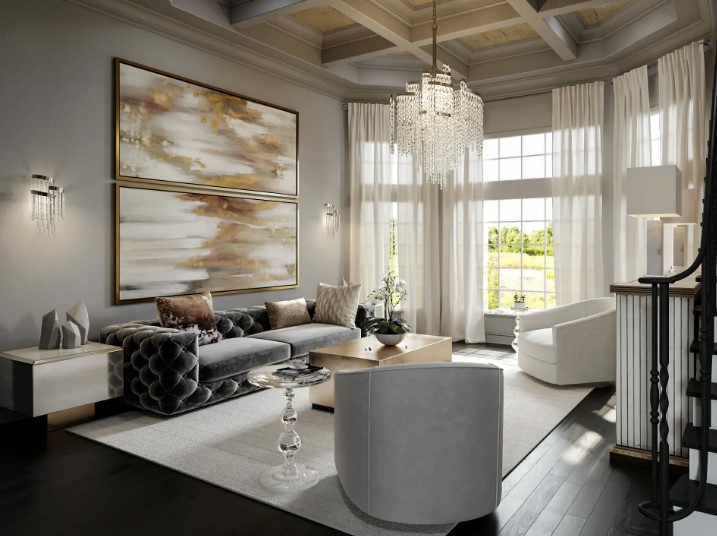
Taking on a luxury interior design project in a city like London can feel overwhelming, given the breadth of options. How does one narrow down the field to find the right fit? What qualities and qualifications genuinely matter in a high-end designer? Below, we answer common questions that are key to making an informed, confidence-building match.
What defines a luxury interior designer?
Luxury designers have extensive training in spatial planning, top-quality materials, bespoke furniture creations and decorative arts. They possess keen eyes for detail, along with connections to artisan craftspeople. Examples of luxury skills include commissioning hand-laid mosaic tiles or custom millwork cabinetry. Overall, luxury talent understands how to imbue spaces with exceptional, enduring character on par with the client’s vision through fine finishes and integrated site installations.
How do I find the best designers for a luxury residential project?
Start online scanning sites like Houzz and design publications highlighting notable recent interiors for ones resonating aesthetically with your goals. Compile a list of five firms reflecting desired styles. Peruse portfolios for demonstration of luxury capabilities – evidence of specialised artisan partnerships, globally sourced materials, one-of-a-kind designs, and finishing expertise tailored to unique architectural demands. Meeting prospective designers allows for assessing compatibility personally, too.
From sophisticated Little Venice flats to Mayfair Georgian mansions, London’s breadth of charming historic residential spaces merits working with time-honoured luxury design talent attuned to sensitively elevating them. Firms like Estera Interiors artfully adapt contemporary comforts to complement original architectural details through considerate restorations and additions under heritage guidelines needing respected navigation.
What questions should I ask when interviewing potential interior designers?
Explore their specific background. Where did they train? How long have they actively worked on comparable projects showcasing accuracy with intricate details? Request London-based references whom you can query regarding responsiveness and practical problem-solving skills.
Ask for a sample or portfolio exemplifying their realisation process from initial aesthetic explorations through materialisation highlighting artisan collaborations. You want tangible evidence of experience manifesting aspirational finishes and integrating luxury elements like broadcasting systems and temperature automation seamlessly on past residential work.
Inquire into how they support sustainability, from locally sourced natural materials to energy-efficient infrastructure. Also important is understanding their management process, ensuring targets get met on budget.
Why does hiring London-based talent matter for luxury home projects?
As a global capital of culture and finance brimming with creators, London offers access to many specialised experts underpinning luxe designs. Locally networked designers have their pulse trends and potential across continents while cultivating London’s signature aesthetic, blending refined heritage details with international flair.
Neighborhood familiarity also breeds context-appropriate choices. For example, JW Design House’s two decades serving affluent Knightsbridge and Belgravia enclaves instil an intrinsic grasp of what additions suit area aesthetics and limitations for upgrading listed buildings. Place-attuned guidance makes luxury revamps harmonise stylishly.
How can I determine if a designer excels at particular luxury aesthetics?
If contemporary opulence in the vein of Harrods’ lavish window designs inspires you, research talent with demonstrated success translating aspirational influences into residential finishes. Eva Gold specialises in brooding, glittering atmospheres recalling locales like art deco districts and Parisian nightclubs through incorporating dark, extravagant wallcoverings, chandeliers and antique furnishings into modern dwellings.
For those leaning tranquil, focus on relaxation-centred portfolios using natural materials like bamboo panelling or heated limestone floors. Scandinavian and Japanese influences may indicate this sensibility. Lisa Chen builds serene, uncluttered sanctuaries, blending clean-lined furniture with abundant living greenery and sunlight. Her portfolio reveals expertise in crafting luxury hideaways encouraging self-care.
The budget is no issue. How do I ensure the money gets maximised?
Make priorities clear upfront and collectively determine where to focus investments for the most impact. A Moscow oligarch with only occasional London stays need not devote equal resources to all rooms. As aesthetics get weighed against practicality, areas like baths and kitchens often warrant greater shares of resources.
Simultaneously, consciously apportioning some budget toward subtle yet meaningful details prevents lavishing excess on showpieces alone. Allocate remaining percentages into craft-intensive finishing touches lending personalisation – a bedroom ceiling decked in Victorian star maps or library shelves backed by custom Topkapi tilework. Such flourishes showcase artisans’ talents to elevate rooms through distinguished handiwork.
The bottom line when engaging London’s luxury interior design talent comes down to alignment between your vision for your space and evidence of a given studio’s mastery in executing similar calibre residential transformations accounting for unique constraints and dreams. By asking the right questions, you can discover truly bespoke collaborators for bringing aspirational interiors to life.

